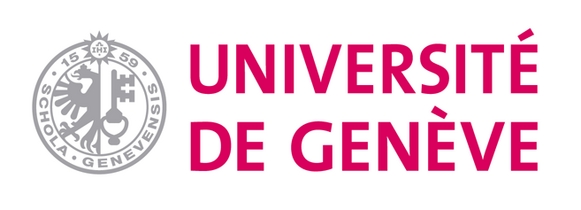The geography of social links among a young cohort in Switzerland
| Author | |
|---|---|
| Résumé |
Small world theories and modern communication facilities convey the impression of a connected world where geographical boundaries have lost their importance and where everyone can reach everyone else in just a few steps, overcoming large geographical distances apparently with ease. Most studies on network processes, like, for instance, the accumulation of (dis)advantage in network clusters, focus on topological factors only, ignoring geography, while work on network geography often does not attempt to explain the large variance in link distance. This article analyses the geography of everyday links of a young cohort in Switzerland, integrating several levels of analysis: individual characteristics (micro-level), extended ego networks (intermediate level), and functional regions (aggregate or macro level). Our results show that everyday links are very close, and, for our young sample, get larger with age. Residential mobility shows an effect limited in time. However, distance of links is not only a personal, but also a network characteristic; some individual characteristics only have an effect when cumulated at the network level. An analysis of cross-regional links showed that social links among young people in Switzerland are heavily segregated by language and structured along canton borders, but also determined by the type of region of residence. Thus, while it is crucial to take geography into account when analyzing real-world social networks, link distance alone is not sufficient to render the complexity of social ties. |
| Année de publication |
2017
|
| Journal |
LIVES Working Paper
|
| Volume |
058
|
| Nombre de pages |
1-31
|
| Numéro ISSN |
2296-1658
|
| URL |
https://www.centre-lives.ch/fr/bibcite/reference/68
|
| DOI |
10.12682/lives.2296-1658.2017.58
|
| Mots-clés | |
| Download citation | |
| File (PDF) |

